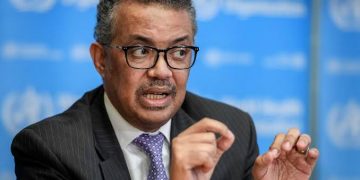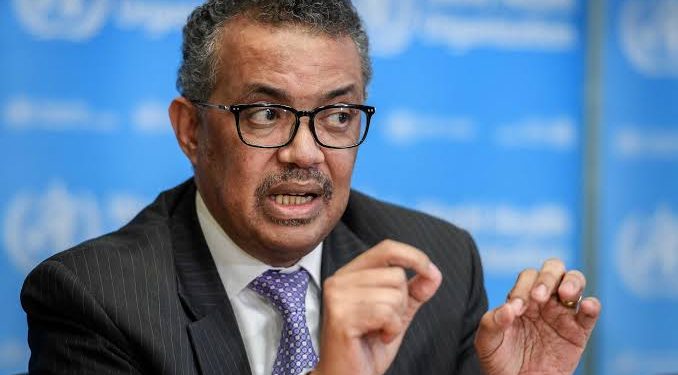By Ebi Kesiena
The World Health Organisation (WHO) has warned that almost 500 million people will develop heart disease, obesity, diabetes or other noncommunicable diseases (NCDs) attributable to physical inactivity, between 2020 and 2030.
WHO also estimate it will cost US$ 27 billion annually, if governments don’t take urgent action to encourage more physical activity among their populations.
19 October 2022 Geneva: The Global status report on physical activity 2022, published by the World Health Organization, measures the extent to which governments are implementing recommendations to increase physical activity across all ages and abilities.
Data from 194 countries show that overall, progress is slow and that countries need to accelerate the development and implementation of policies to increase levels of physical activity and thereby prevent disease and reduce burden on already overwhelmed health care systems.
The WHO said that “Less than 50% of countries have a national physical activity policy, of which less than 40% are operational”.
“Only 30% of countries have national physical activity guidelines for all age groups
“While nearly all countries report a system for monitoring physical activity in adults, 75% of countries monitor physical activity among adolescents, and less than 30% monitor physical activity in children under 5 years.
“In policy areas that could encourage active and sustainable transport, only just over 40% of countries have road design standards that make walking and cycling safer”, WHO further stated.
WHO Director-General, Dr Tedros Adhanom Ghebreyesus therefore called on more countries to take urgent steps towards addressing the issue.



































